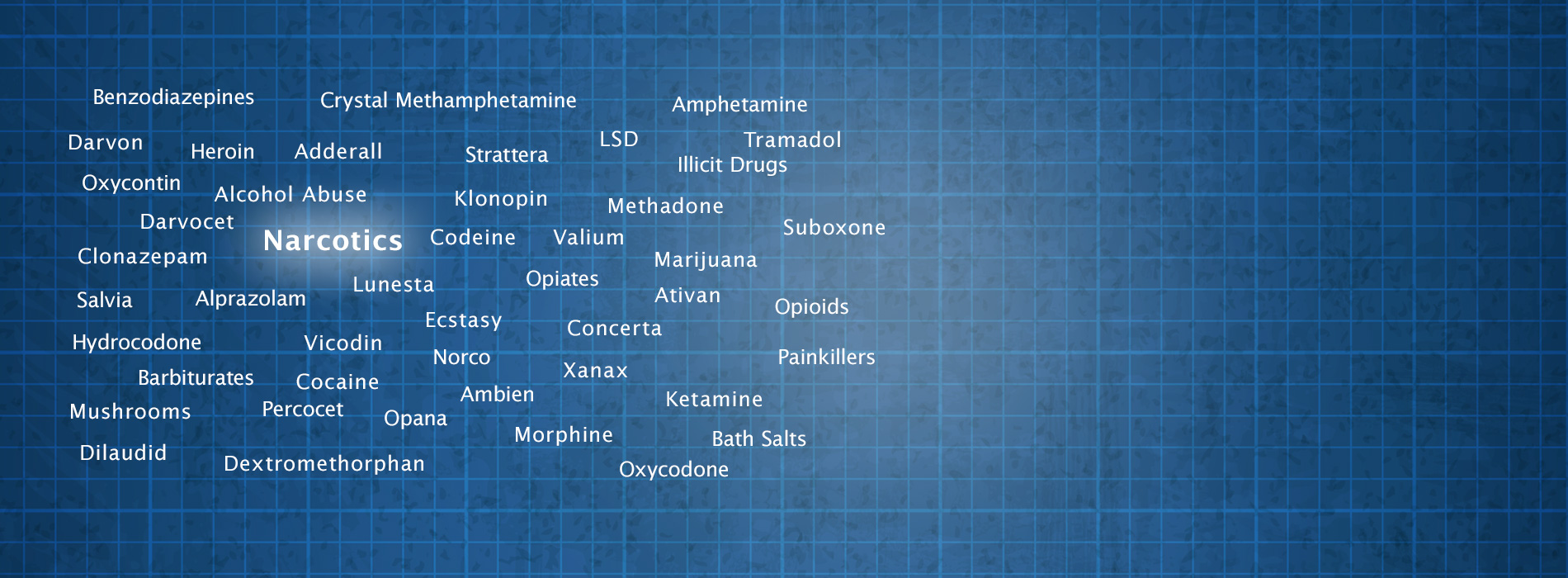Narcotics
Pain is the most common reason for a person to seek out medical treatment and care. The most potent pain relievers are narcotic analgesics. These drugs are widely prescribed in America, and are often combined with acetaminophen or ibuprofen. However, combining acetaminophen with alcohol has the potential to cause serious liver damage. The nonmedical use of prescription narcotics is on the rise, according to Substance Abuse and Mental Health Services (SAMHSA). It is estimated that almost 5 million people in the U.S. aged 12 and older currently use narcotic pain relievers. In 2012, there were 600,000 emergency department visits that involved the nonmedical use of illicit drugs and/or alcohol.Heroin is the most commonly abused illicit narcotic, but opioid pain killers have caused more deaths. These include OxyContin, oxycodone, Vicodin, and Percocet. Morphine and codeine are natural derivatives of the opium poppy plant, and synthetic versions, such as Demerol and Fentanyl are also in the narcotic class.
Narcotic Abuse, Dependence, and Addiction
There is a difference in narcotic abuse, dependence, and addiction. When a person uses a narcotic and it interferes with his or her ability to maintain school, work, and home responsibilities, this is considered abuse of a substance. Signs that someone is abusing narcotics include maladaptive behaviors that adversely affect relationships, create interpersonal problems, and cause legal problems. When a person uses a narcotic drug, it produces the desired effect by stimulating opioid receptors in the central nervous system and brain tissues. Abuse of narcotics results in a euphoria and sedation. Abusers report the effects as a “rush” or felling of elation. Also, narcotic users quickly develop a tolerance, which refers to a decreased response to the substance and requirement for more to achieve the desired effects.
With narcotic dependence, a person will:
- Ingest more and more of the substance for longer periods of time than initially intended.
- Exhibit withdrawal symptoms when ceasing the substance.
- Neglect social, occupational, recreational, and pleasurable activities.
- Have a compulsion to obtain the narcotic.
- Use the narcotic even when it is affecting the body, mood, thinking, and/or actions.
Full-blown narcotic dependence occurs when a person frequently experiences withdrawal symptoms without the drug. Narcotic dependence is characterized by needle marks on the skin, infections of the skin, frequent pneumonia, infection of the heart valves, loss of menstrual cycle, intestinal slowdown, liver dysfunction, and memory problems.
Narcotic Withdrawal
The signs and symptoms of narcotic withdrawal occur within 12 hours after the last dose. These include muscle cramps, nausea, vomiting, diarrhea, body aches, fever, and sweats. The withdrawal will last for several days, or even weeks for long-term users. Anyone who is experiencing narcotic withdrawal should consult a treatment center to assist with the process. Treatment involves supportive care and medications to reduce anxiety and other symptoms. Buprenorphine is commonly used for narcotic withdrawal and can shorten the detoxification process. Many treatment facilities will use a rapid opiate detox process, which involves placing the person under anesthesia and injecting large doses of opiate-blocking drugs.

